Period Baroque | ||
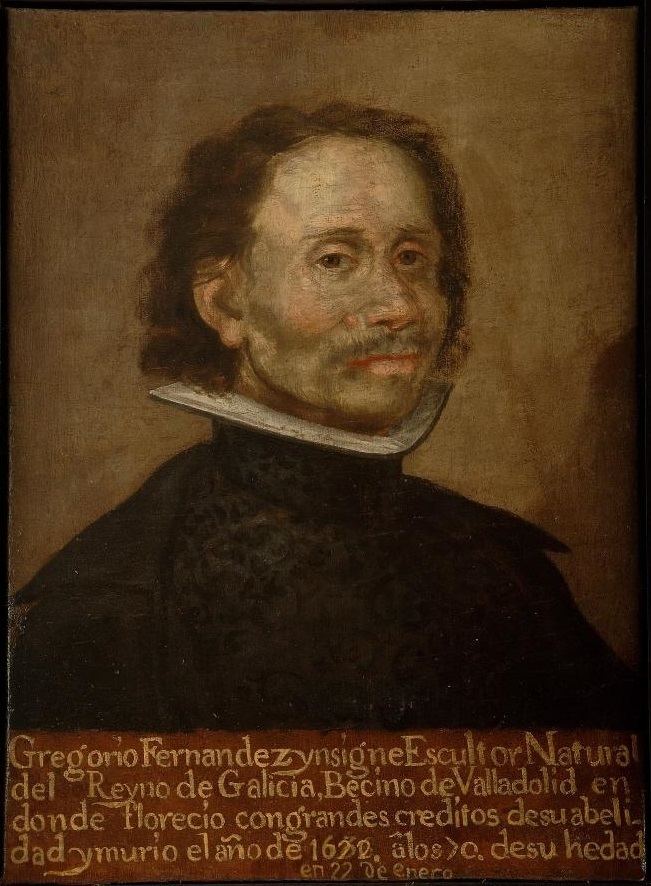 | ||
Artwork Similar Juan de Juni, Juan Martínez Montañés, Judy Kalman | ||
Gregorio Fernández (1576 – 22 January 1636) was a Spanish Baroque sculptor. He belongs to the Castilian school of sculpture, following the style of other great artists like Alonso Berruguete, Juan de Juni, Pompeyo Leoni and Juan de Arfe.
Contents

Gregorio fern ndez vs alejandro igual completo
Biography
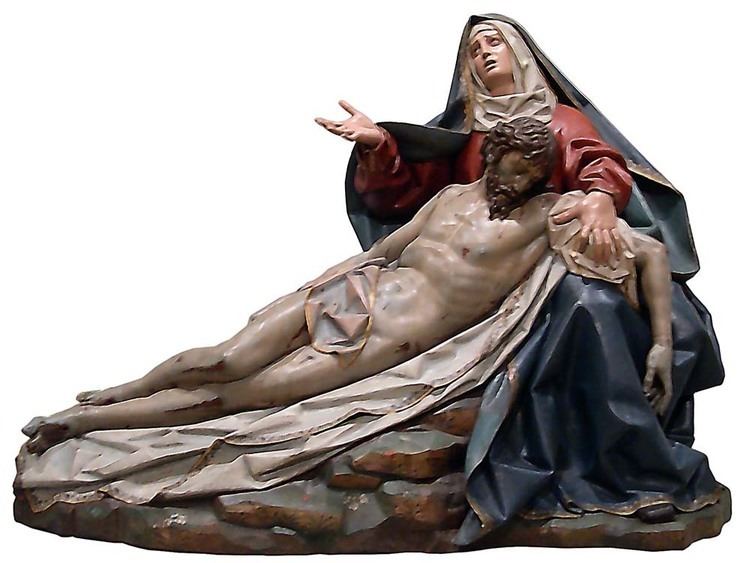
Gregorio Fernández was born in Sarria, in what is now the province of Lugo, Galicia. Later in his life he travelled to Valladolid, lured by the royal household. After working as an assistant in other studios, Gregorio Fernández founded his own, where he received many apprentices and collaborators and developed a huge activity thanks to his wide clientele.
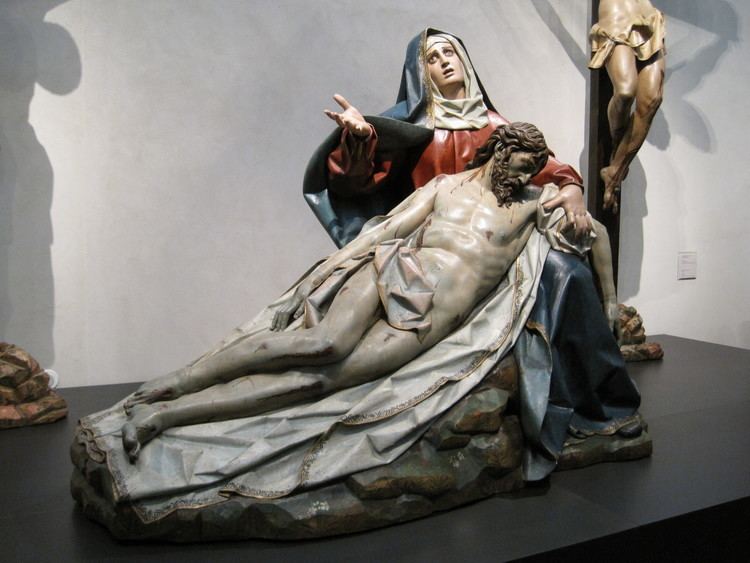
After his death, Gregorio Fernández left many pupils who followed his style, but he did not have any significant disciples. He achieved great reputation during his life, a good example of this would be the fact that in his tomb in the convent of the Carmen Calzado a portrait of him was placed, painted by his friend Diego Valentín Díaz, accompanied by a text praising his work.
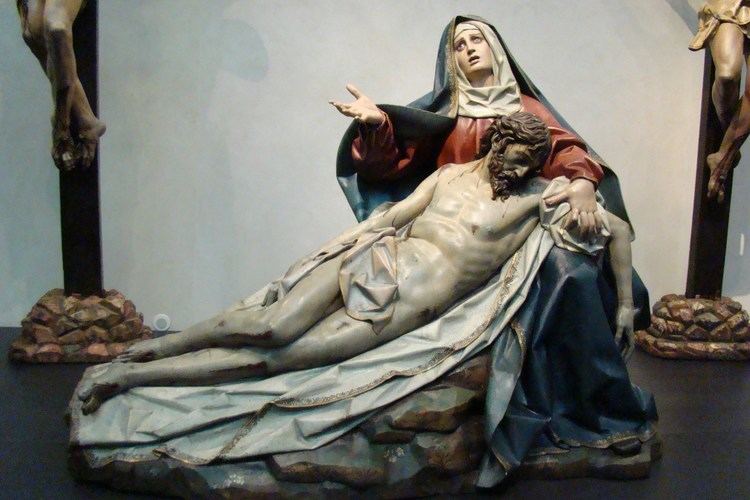
Gregorio Fernández was a great expert on his trade, which he practiced with high technical perfection. His extensive knowledge of the human body allowed him to create highly detailed anatomies with the hardness of bones, the tension of muscles, the tenderness of flesh or the smoothness of skin. Compared to the extreme expressiveness of the bodies, the robes are heavy, cardboard like, arranged in sharp and rigid folds which produce a strong contrast of light and shadow.
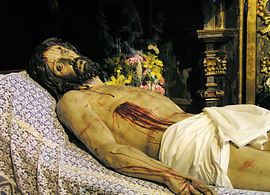
The deep expressive world of his figures swings between the dramatic quality of physical and moral pain and the evasion of mystical experience, and is expressed through calm postures and restrained gesticulation, leaving the greatest expressive influence to both face and hands, all of that in a simple composition.
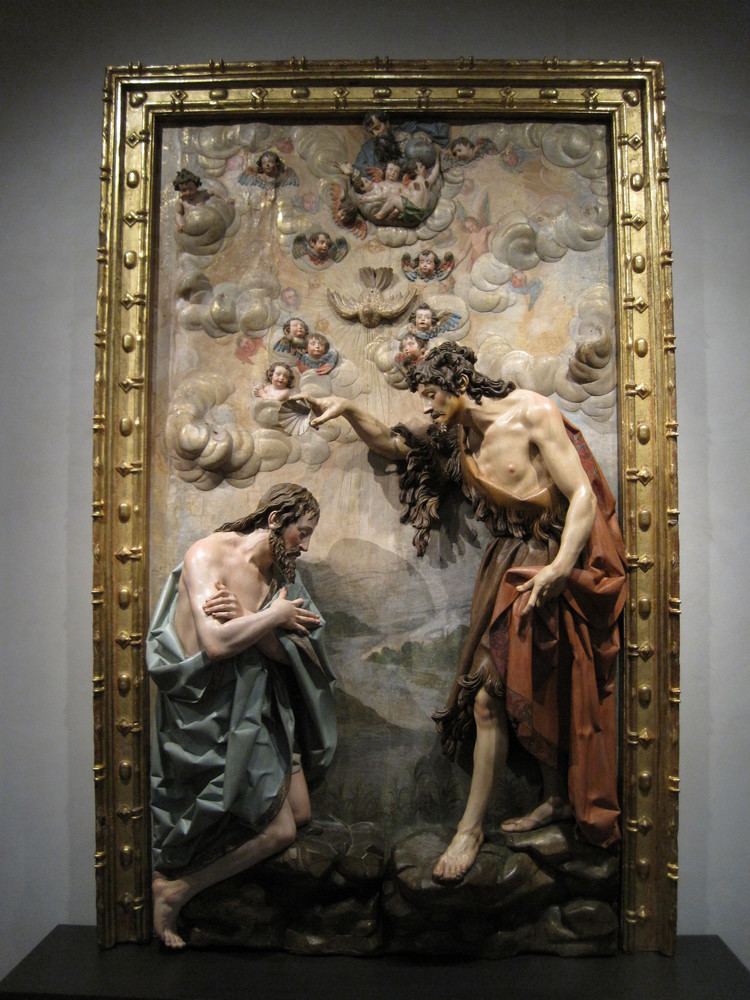
The quality of his works was improved thanks to the extensive collaboration of painters who developed the polychrome of the statues. The embodiments are usually matt and plain colours stand out in the cloths, except for the small borders which are more colorful. The realism is accentuated with the help of added false elements which boost the feeling of authenticity: eyes are made of glass, nails and teeth of ivory, blood clots of cork, sweat drops and tears of resin.
Fernández created sculptures for altarpieces and “pasos procesionales”, like Camino del Calvario (Spanish for “the way to Calvary”). He made many iconographic images (Cristo Yacente, La Piedad, el Ecce Homo, Santa Teresa) which served as models for other artists for many years to come.
